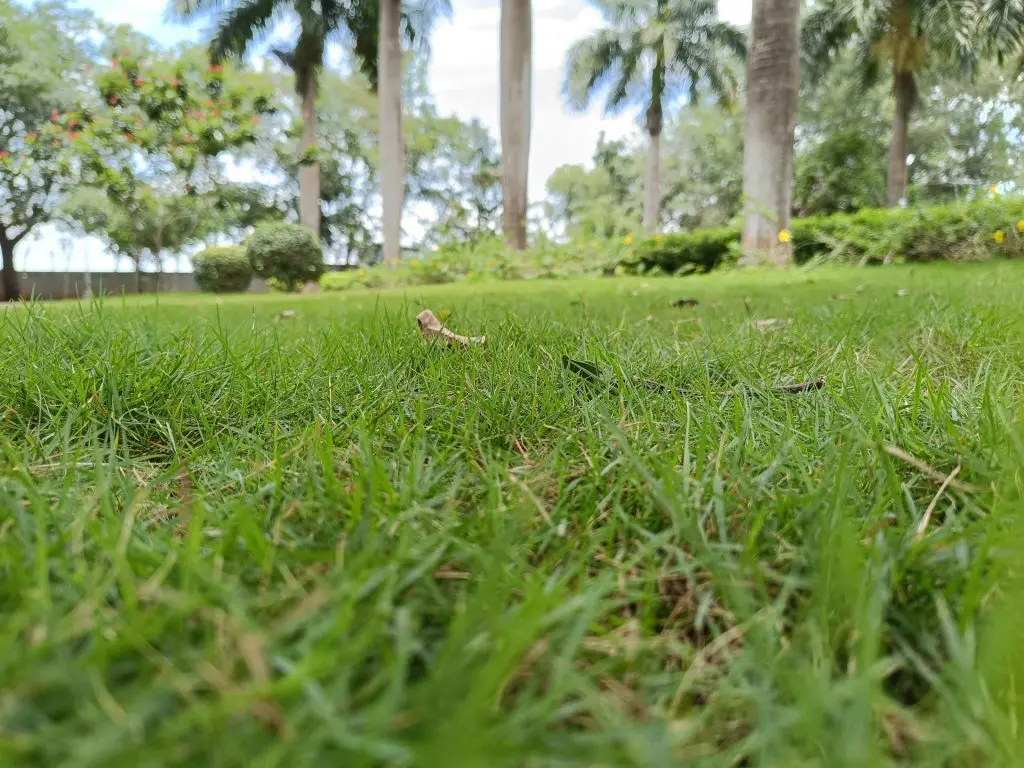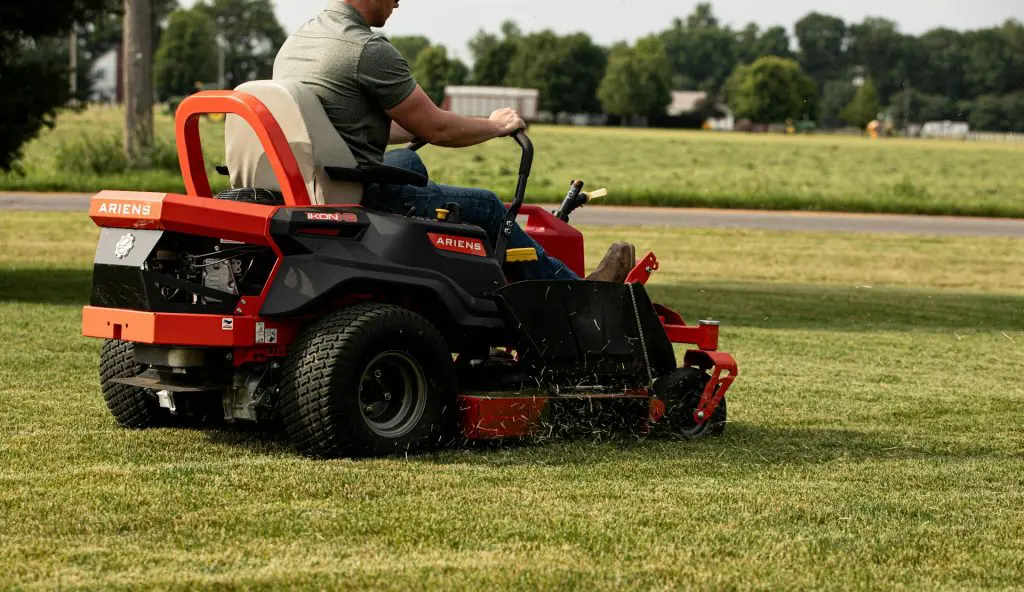With winter wreaking its particular brand of havoc on all gardens, your lawn might have seen better days. But don’t worry; all lawns come back to life with the right care. Whether it’s been scorched by the sun, overtaken by weeds, or simply left to grow wild, a neglected lawn can be transformed.
So, how can you revive neglected lawn space and bring your garden back to life? Read on as Paramount Gardening, your elite property care partners, outline some approaches to furnish your garden with everything it needs to grow verdantly again.
Step 1: Understand What You Have
The first step to revive neglected lawn areas is understanding what you’re dealing with. Walk the entire lawn and look closely at what’s happening underfoot. Is your lawn thin and patchy? Are weeds dominating the space? Can you spot signs of pests or compacted soil? These clues help shape your approach.
Some lawns might suffer from poor drainage and compaction, while others struggle due to thatch buildup or bare patches. You won’t know until you take a good, honest look. If you’re unsure what to look for, hiring an experienced garden care team can be a great way to revitalise your space with all the right information at your fingertips.
Step 2: Clear the Surface
Once you’ve taken stock, start by cutting the grass right down (around 2 to 3cm tall). This helps expose the soil, making it easier to remove unwanted debris. Next, rake the lawn thoroughly to lift up dead grass and thatch. If the layer of thatch is thick, use a dethatching rake or hire a scarifier to break it up (you can also rely on an experienced garden team to tackle this process for you).
Weeds often take hold in neglected lawns, so pull them out by hand or apply a selective herbicide. Target only the problem areas if possible, especially if you plan to overseed soon after, as herbicide could hamper the growth of new seed.
Step 3: Aerate the Soil
Compacted soil is a common reason lawns struggle, especially after a long period of time or heavy weather. To effectively revive neglected lawn areas, loosen the soil so that air, water, and nutrients can penetrate down to the roots.
You can aerate the soil using a garden fork, spiked roller, or a mechanical aerator (whatever suits the size of your lawn). Push the spikes or tines into the ground at regular intervals, aiming for holes that are around 5 to 10 cm deep.
If your lawn hasn’t been aerated in years, this step is essential. It helps the roots grow deeper, which in turn creates a more drought-resistant and healthy lawn.
Step 4: Enrich the Soil
After aerating, apply a layer of compost or lawn conditioner to enrich the soil. This adds organic matter, improves structure, and encourages microbial life, all of which your lawn needs for a strong recovery.
Spread the compost evenly across the lawn using a shovel or wheelbarrow, and gently rake it into the aerated holes. You don’t need to bury the grass; that could actually suffocate any growth trying to make its way through! All you need is a light layer to enrich the existing soil.
Step 5: Reseed and Repair Patches
Overseeding helps you revive neglected lawn areas by thickening the grass and preventing future weed invasions. Select a high-quality lawn seed that suits your local climate. In our experience, many parts of New Zealand benefit from ryegrass and fescue blends that thrive in cooler temperatures.
Scatter the seed evenly across the lawn, focusing on thin or bare patches. Lightly rake the soil to ensure the seed makes good contact. If you’re dealing with deeply bare or eroded areas, mix the seed with topsoil before applying it. This gives it a better chance to take root.
Step 6: Mow With Care
Finally, mowing your lawn completes the process. Your lawnmower could either be your best friend or your worst enemy as you revive neglected lawn space. The first and most important rule of mowing is not to do it too soon! Wait until your new grass reaches 7 to 8cm tall. When it’s ready, set your mower blades to a high position and remove only the top third of the grass.
Sharp mower blades are also a must. Dull ones will tear your grass, which stresses the plants and makes them more vulnerable to disease. Once you’ve done the first cut, you can mow regularly from this point on to keep your lawn healthy and dense, which also naturally keeps the weeds at bay.
Once you have your first flush of green, all that’s left to do is maintain your hard work. Water your lawn deeply and mow regularly, but never too short. Apply seasonal fertiliser in spring and autumn, and be vigilant for pests and fungal diseases that can be triggered by humid weather.
With regular love and care, not only will you revive a neglected lawn, you’ll have a thriving, healthy, green one to enjoy for years to come.
Trust Paramount Gardening to revive your residential garden.
Even the most troubled lawn can bounce back with the right attention. Trust the elite property care team at Paramount Gardening to not only bring your lawn back to life but also to maintain it perfectly for years to come.
We specialise in full-service lawn care, restoration, and seasonal property maintenance throughout the year. Let’s bring your lawn back to life. Get in touch today.





